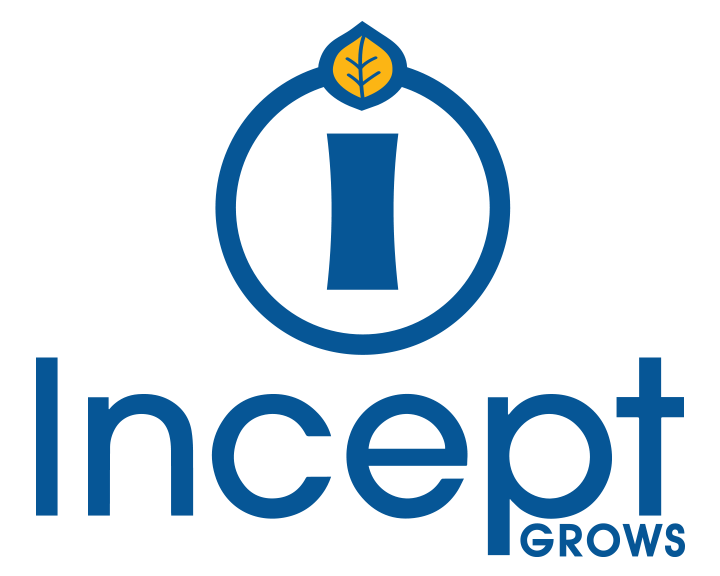Inside Sales, science feeding art
There is absolutely an aspect of art in the execution of a successful sales process. But there is also absolutely a needed aspect of science to sales in order for your business to be as successful as it should be.
This post, and a series of posts to follow, are intended to be at least thought-provoking, if not instructional, on how to approach your own sales funnel and client acquisition planning. In later posts, I will share thoughts and processes on how to make decisions on execution plans related specifically to inside sales activity and early-funnel movement.
Inside Sales Math
The analogy of the funnel has leads flowing from top to bottom, becoming prospects, opportunities, and eventually clients. However, we’re going to build the sales plan from the bottom of the funnel upwards. Pre-work to this planning exercise lies in your business plan and growth goals for the company. The two initial inputs to the process are the revenue target and the number of opportunities closed. Most leaders start with the revenue target, based on where they want the organization to be 1-2 years from now, and then calculate the number of closes based on a desired or historical average revenue per opportunity closed. The figure below shows the inputs, as well as an example to help illustrate.
From here, we work our way up the funnel. Each ratio should be filled in with either historical ratios if known, or realistic estimations/goals. The mathematical stack-up of these ratios can cause significant issues if you don’t use precise and realistic ratios. The only other inputs that need to be determined are at the convergence point at the top of the funnel. Strategically estimating or targeting what percentage of initial conversations come from each channel allow us to move even further back in the sales process.
Here’s an example:
Now that you’ve worked your way to the top, take a step back and look at a couple of potentially interesting interpretation points. Hopefully these will lead to a few very clear action items as well:
Number of closes, proposals, meetings
- Mentally divide each of these numbers by 50, and you will get an idea of how many closes/proposals/meetings per week you should be seeing from your sales team.
- Are these numbers reflective of recent activity?
- Do you have the depth and quantity of talent to handle these activities? Who can execute each of these late steps in the process?
- Where is there opportunity to increase the ratios in these steps? The closer you are to the bottom of the funnel, improvement of the ratio has a very linear impact on the final outcomes, as well as the cost to make that improvement.
Upper Branches of the funnel
- Do you have the tools in place to generate that many interactive leads?
- Do you have the partners/network to generate that many referrals?
- Do you have the tools, talent, raw material to generate the leads? What is your biggest challenge, the size of the potential lead universe, the qualification process, or the quality of the leads?
As you’ve probably noticed, the bottom of the funnel is highly dependent on the capacity and skills of a few critical sales people or executives. Alternatively, the early-funnel activity at the top is driven more by statistics and processes. In most businesses, referrals have the highest conversion ratio, but require costly resources and can be difficult to generate, more similar to the “artistry” that the closers are employing at the bottom of the funnel. Inversely, lead generation can be done very effectively with internal or co-sourced capacity at very reasonable costs and can have great impact on the number of touches and awareness in the marketplace, but the conversion ratios are much lower.
The artistry that is driving the big, exciting close at the bottom of the funnel is fueled by the science at the top of the funnel.
As you’ll consistently hear from me in posts, I’d love to hear where you went with these thoughts. What additional questions came to mind? What innovative thoughts were spurred? And what holes did I leave?


